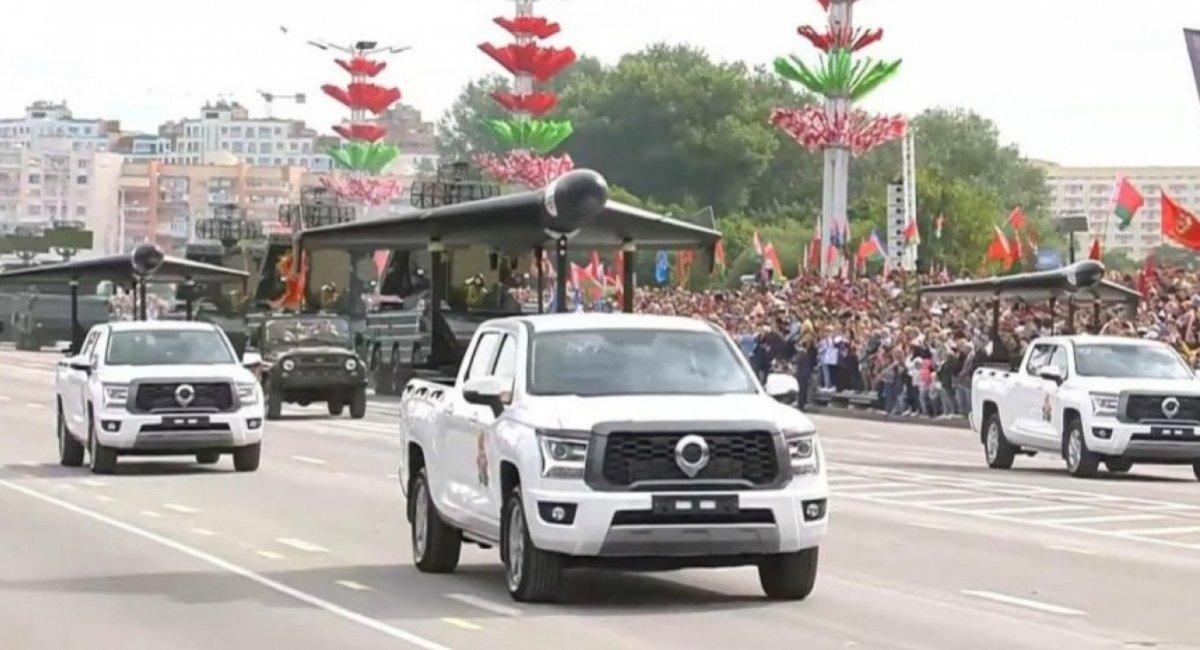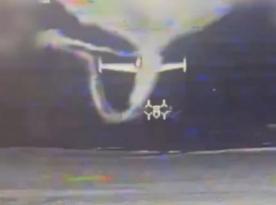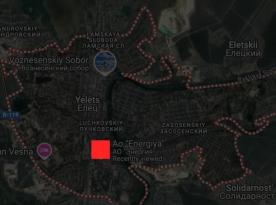Overnight on September 7th, 2024, russian invasion forces launched 67 Shahed-136/131 long-range kamikaze drones at Ukraine. Some 58 of them were successfully repelled by air defense units, three more went missing — probably fell suppressed by Ukrainian electronic warfare equipment, — and another six unexpectedly steered back into the airspace of the russian federation and belarus, as reported by the Ukrainian Air Force Command in the morning summary.
The intensity and difficulty of the job done by Ukrainian air defenders is evident, for example, from a photo of the Shahed-136 wreckage that fell near the parliament building in Kyiv.
Read more: Ukrainian Drones Attacked russian Ammunition Depot in Voronezh (Satellite Image)
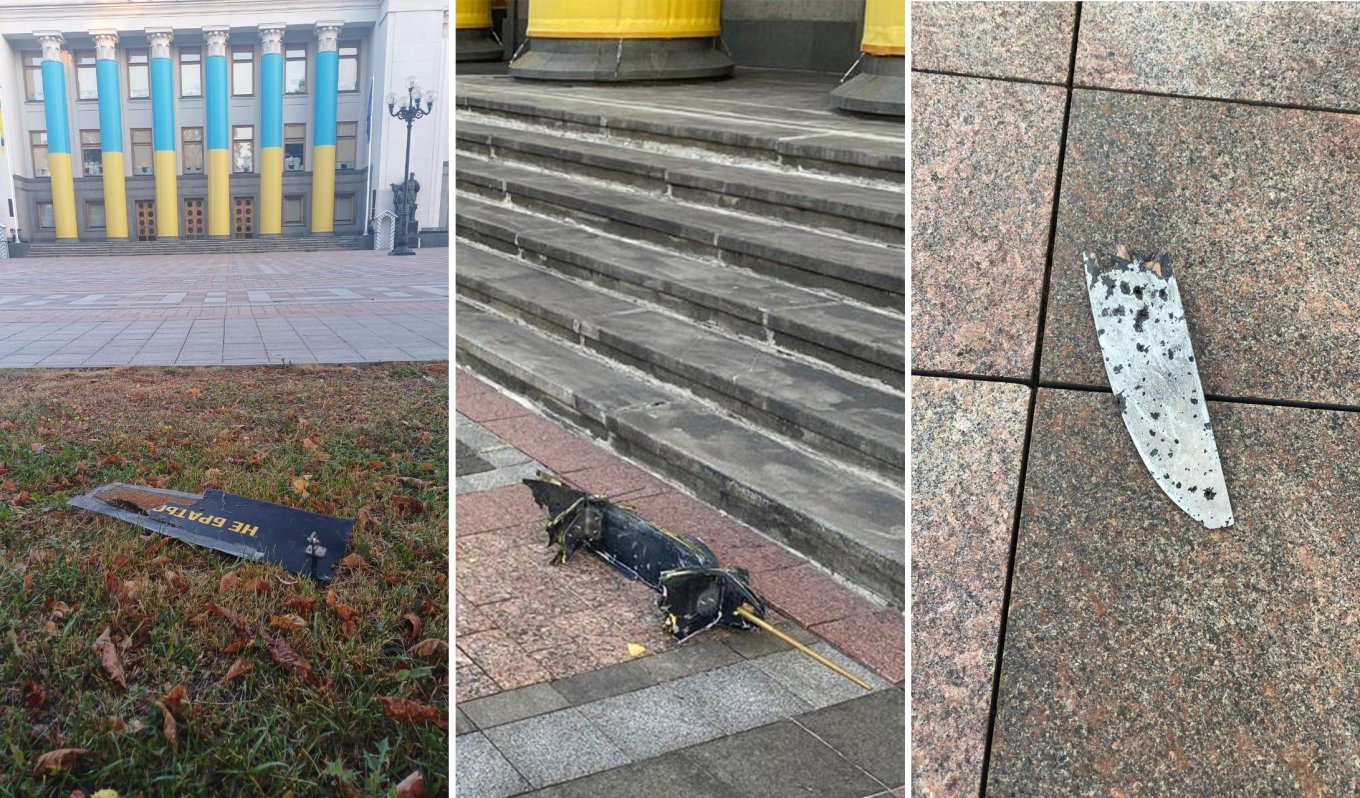
Shahed drones flying into the airspace of belarus and being shot down there has been repeatedly occurring since mid-August, and the reasons for this behavior from russian attack drones remain obscure. Based on information from a belarusian independent monitoring group Belarusian Hajun, the Polish website Defence24 reports details of one of the previous Shahed raids, on September 5th.
At least 8 Shahed-type kamikaze drones flew into Belarus last night – at least two of them were destroyed.The first group of 2 drones crossed the border with Belarus at around 01:08 and headed for Homiel. 1/8 pic.twitter.com/5FUecH6d7M — Belarusian Hajun project (@Hajun_BY) September 5, 2024
That time, as many as eight Shahed loitering munitions entered belarusian airspace already from the territory of Ukraine, two were recorded shot down. What's more interesting is who was engaged in neutralizing them: one of them was downed by a Su-30SM of the belarusian Air Force, and the other one was destroyed by the russian 1530th Anti-Aircraft Missile Regiment which operates Pantsir and S-400 air defense systems.
At this point, russians taking down their own drones might seem paradoxical but there's a plausible explanation surmised by Defense Express. This might be an experimental training russia had organized for its air defense units on the territory of the satellite state with a focus on practicing against kamikaze drones, a class of weapons that Ukraine also uses for attack on russian critical infrastructure. Another potential goal is to gather empirical data on the effectiveness of the Pantsir and/or S-400 in repelling these threats.
On the other hand, there's a weak point in this hypothesis: the low extent of information about the way russians manage Shahed routes, which end up in belaruian airspace.
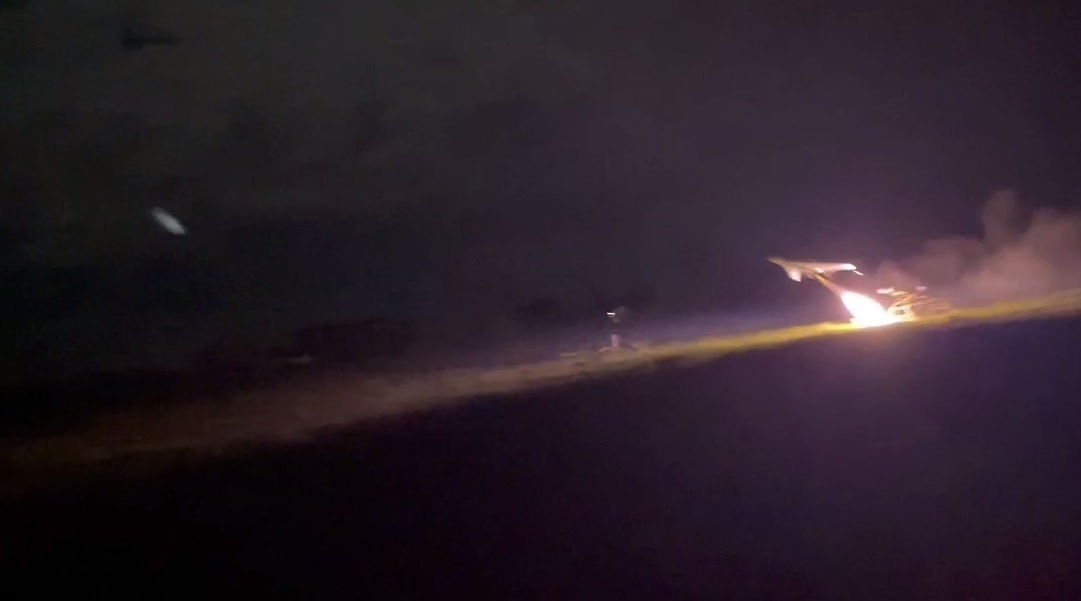
Read more: New Imagery Offers a Rare Glimpse into the Preparation and Launch of Long-Range Kamikaze Drones Targeting russian Infrastructure




